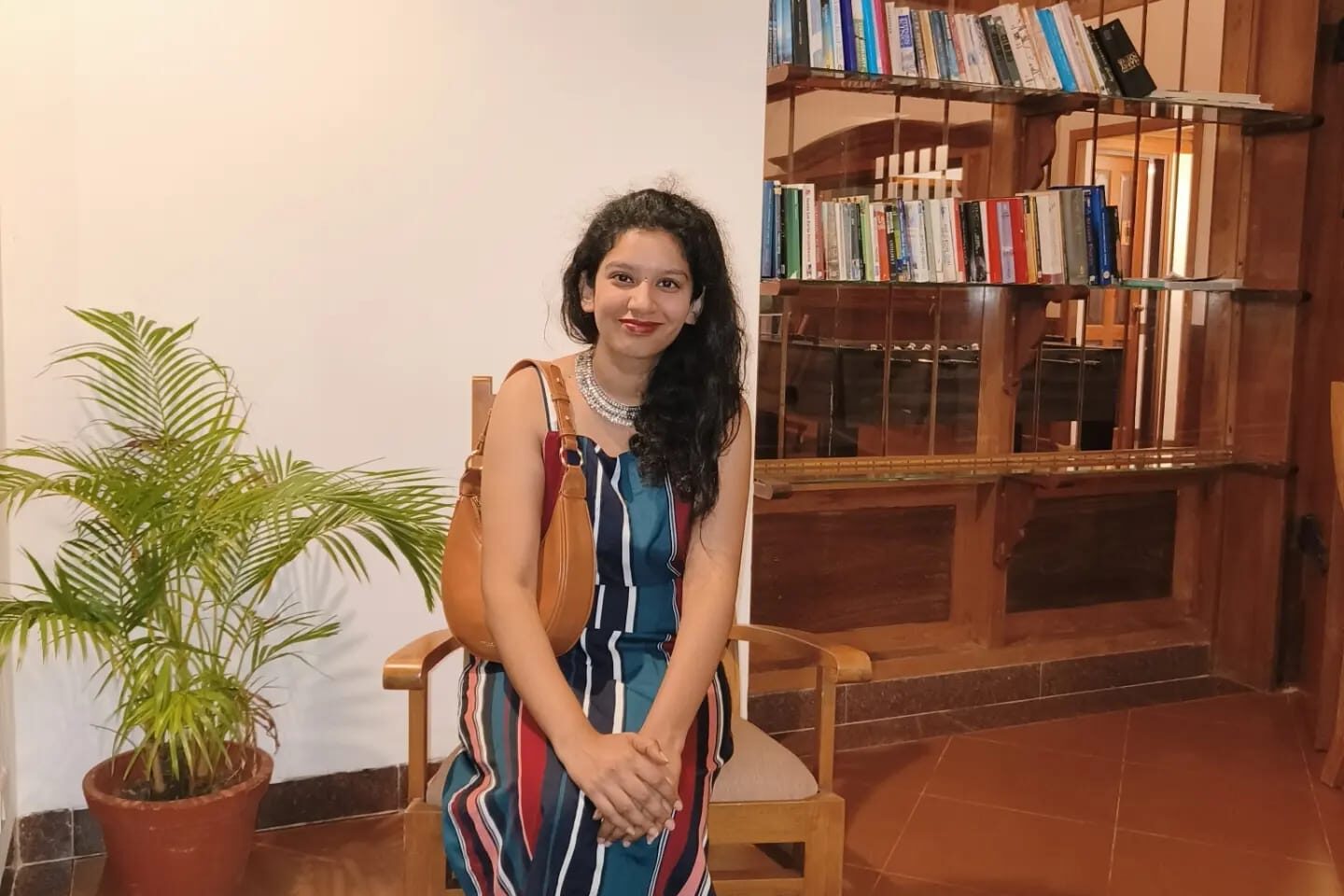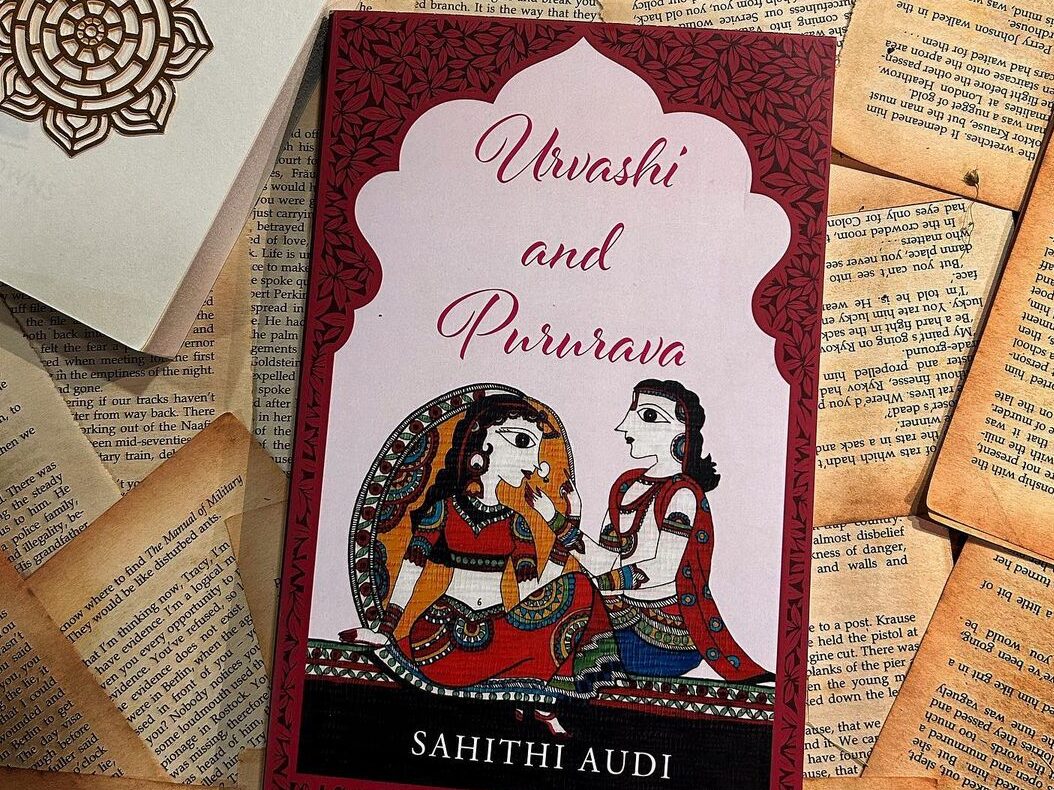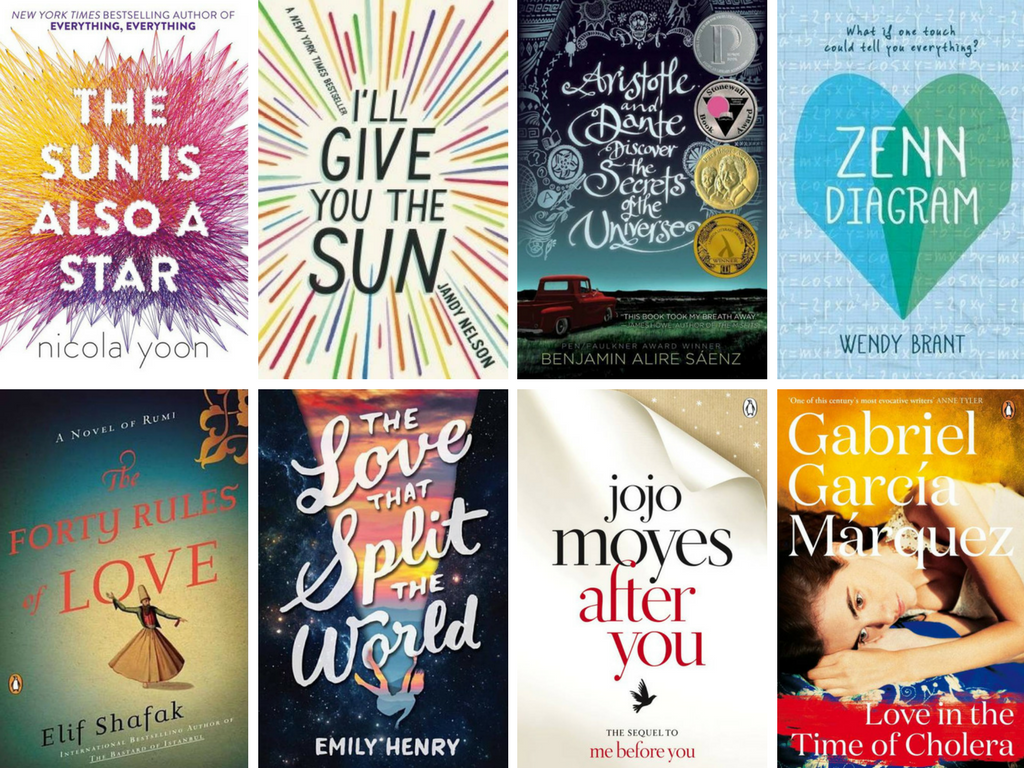
To retell a mythological text from the narrative of less empathized characters, IIT and FMS graduate Sahithi Audi came up with her book. Titled ‘Urvashi and Pururava’, the book was released in 2022. As the title suggests, the story is about king Pururava, a very pious king, envied even by the gods. He failed the celestial nymph and Urvashi, who was an immortal apsara. In an interview with us, the author talks about writing ‘Urvashi and Pururava’, revisiting the mythological texts, writing, and more. Excerpts:
1. You accomplished well in academics because you graduated from an IIT and have an FMS degree. How did the literary world charm you?
I have loved reading for leisure outside of academics since childhood. I fondly remember spending hours in the British Library in Hyderabad during childhood. Getting lost in the magical world of books was always a respite from my routine. Reading remained a beloved hobby even as I grew up. It also inspired me to take an interest in creative writing. It eventually led me to discover a novel’s story and rewrite it from the perspective I wanted it to be known. I also found my love for writing as I penned down small pieces inspired by things that I read.

–
2. Why did you pick Urvashi and Pururava from all the myths? How did you come up with the brilliant idea to give voices to less prominent characters because your novel is about reconstructing a narrative from a mythological text?
I have always had a fascination for lesser-known stories from Indian mythology. I first came across the story of Urvashi and Pururava in one of the chapters of the Mahabharata. Although I found the story of an immortal apsara falling for a mortal king enjoyable, I admittedly did not dig deep into it. Later, I came across the story of Ila, who was born female but was turned male by the Gods at the request of her parents, Vaivasvata Manu and Shraddha. Interestingly, Ila again became a woman because of a curse and gave birth to a son-Pururava. I was very intrigued by the story and deep-dived into it. I realised that in the mythological context, the story directly transitions from Ila’s to Pururava’s, but the former should have been mentioned in the latter’s story. It was equally surprising to learn that Pururava was already married to the princess of Kashi even before his first run-in with Urvashi. Still, she did not find a significant mention in the story. As I continued to read more versions of the story, I realised that Urvashi’s emotions were taken for granted because she was a seductress. I then began to think of an understanding of the story that captures the perspectives of Pururava’s mother, Ila, his first wife, Aushinari and the emotions of the love of his life – Urvashi. I felt that the interplay of their viewpoints and mutual interactions would add depth and complexity to the story. I thought it would be wholesome only if all perspectives were presented to the story’s reader. And this is how the idea for my book was born.
3. Tell us about the first book you read that made you cry.
The death of Augustus Waters deeply moved me in the Bestselling Novel – ‘The fault in our stars’. It is hard not to fall for a character who was full of life and instilled positivity in all those around him despite having had his leg amputated due to Osteosarcoma. In the story, he met Hazel at a Cancer support group meeting, and the two eventually dated and fell in love. They even went on a trip to Amsterdam to fulfil Hazel’s dream of meeting the writer of her favourite book. At this point, I hoped for a happy ending for the couple, but it was not to be. Augustus’s cancer relapsed, and he eventually died. But even during his last days, he remained cheerful, reminding us to live life to the fullest. Even in the face of death, the character’s positivity deeply touched me, and the book will always be close to my heart.
4. While writing, do you make more of an effort to be original or to offer the audience what they want?
While writing, I put myself in the character’s shoes. I write how the character would like their story to be known.
5. Do you believe that a writer needs to have strong emotions?
Yes, it is essential because I put myself in my character’s shoes while writing. The whole narrative stems from the character’s emotions and thought processes. It is necessary for me to feel precisely the way the character would feel to pen it down.
6. Do you have a favourite author whose writing has inspired your own?
I have always been a massive fan of Kavita Kane’s works. I have always loved her storytelling style, wherein she picks ignored/misjudged characters from mainstream stories and lends her voice to them. Her books made me look at mythological stories that I had already known in a different light. It inspired my retelling, and I decided to bring the voices of Urvashi, Ila, Aushinari, and Pururava to the forefront.
7. Which animal, and why, best embodies your writing style?
I would associate the most with a butterfly. When I started writing the book, I was just an enthusiast. But during it, I learnt a lot and honed my skills even. I was ecstatic when I completed writing it – Not only because I had penned down an entire novel but also because I had grown a lot as a writer and a person. I want to think of this as a metamorphosis akin to a caterpillar into a butterfly.
8. Is writing every day a ritual?
I finished most of my writing on the weekends as I had a full-time job alongside. But then I pen down at least one paragraph daily to keep the flow going.
9. Have you ever googled your name?
I did. I wanted to see if my book would pop up alongside my social media handles.
10. What is your writing KRYPTONITE?
I would have to say – Binge watching a new series on OTT. I try not to start with a new series when I am on my writing bout. It distracts me from my writing.
























